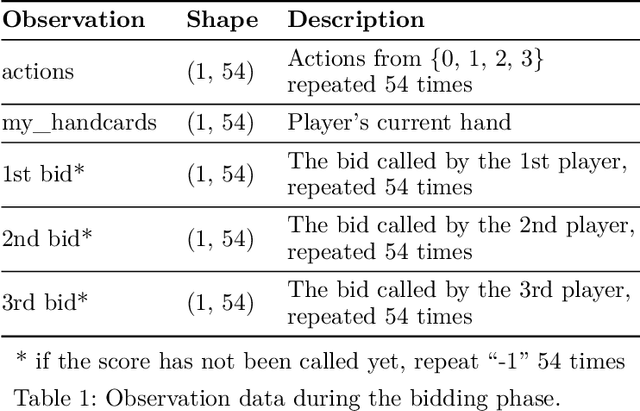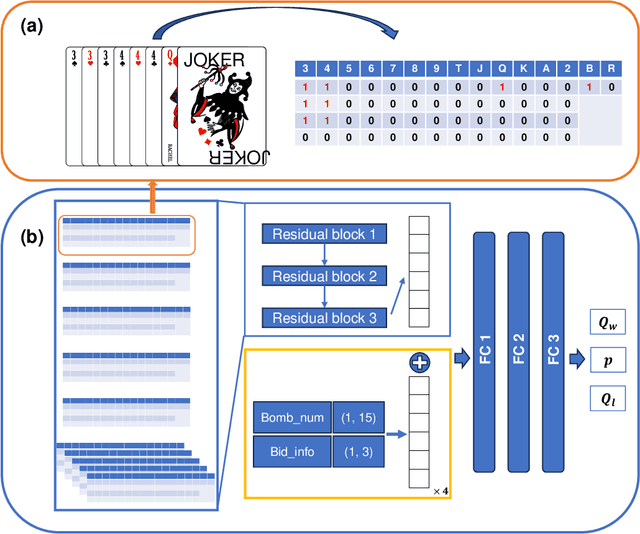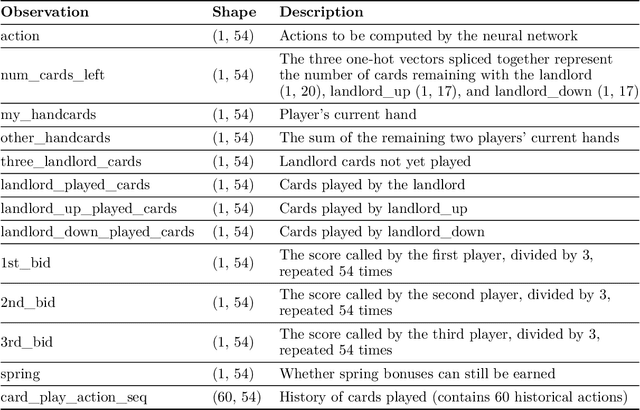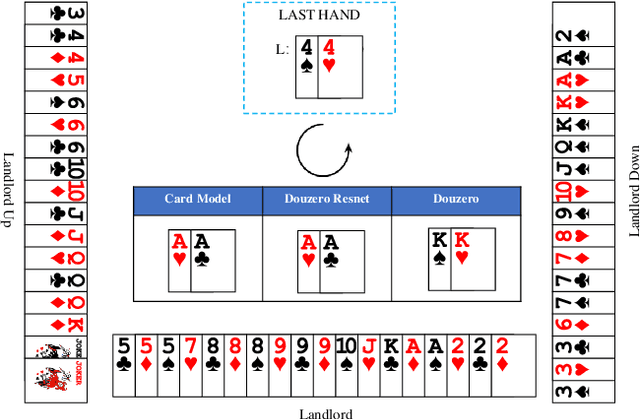Chang Lei
Speaker Anonymisation for Speech-based Suicide Risk Detection
Sep 26, 2025Abstract:Adolescent suicide is a critical global health issue, and speech provides a cost-effective modality for automatic suicide risk detection. Given the vulnerable population, protecting speaker identity is particularly important, as speech itself can reveal personally identifiable information if the data is leaked or maliciously exploited. This work presents the first systematic study of speaker anonymisation for speech-based suicide risk detection. A broad range of anonymisation methods are investigated, including techniques based on traditional signal processing, neural voice conversion, and speech synthesis. A comprehensive evaluation framework is built to assess the trade-off between protecting speaker identity and preserving information essential for suicide risk detection. Results show that combining anonymisation methods that retain complementary information yields detection performance comparable to that of original speech, while achieving protection of speaker identity for vulnerable populations.
Towards Cross-Task Suicide Risk Detection via Speech LLM
Sep 26, 2025Abstract:Suicide risk among adolescents remains a critical public health concern, and speech provides a non-invasive and scalable approach for its detection. Existing approaches, however, typically focus on one single speech assessment task at a time. This paper, for the first time, investigates cross-task approaches that unify diverse speech suicide risk assessment tasks within a single model. Specifically, we leverage a speech large language model as the backbone and incorporate a mixture of DoRA experts (MoDE) approach to capture complementary cues across diverse assessments dynamically. The proposed approach was tested on 1,223 participants across ten spontaneous speech tasks. Results demonstrate that MoDE not only achieves higher detection accuracy than both single-task specialised models and conventional joint-tuning approaches, but also provides better confidence calibration, which is especially important for medical detection tasks.
The 1st SpeechWellness Challenge: Detecting Suicidal Risk Among Adolescents
Jan 11, 2025Abstract:The 1st SpeechWellness Challenge (SW1) aims to advance methods for detecting suicidal risk in adolescents using speech analysis techniques. Suicide among adolescents is a critical public health issue globally. Early detection of suicidal tendencies can lead to timely intervention and potentially save lives. Traditional methods of assessment often rely on self-reporting or clinical interviews, which may not always be accessible. The SW1 challenge addresses this gap by exploring speech as a non-invasive and readily available indicator of mental health. We release the SW1 dataset which contains speech recordings from 600 adolescents aged 10-18 years. By focusing on speech generated from natural tasks, the challenge seeks to uncover patterns and markers that correlate with suicidal risk.
AlphaDou: High-Performance End-to-End Doudizhu AI Integrating Bidding
Jul 14, 2024



Abstract:Artificial intelligence for card games has long been a popular topic in AI research. In recent years, complex card games like Mahjong and Texas Hold'em have been solved, with corresponding AI programs reaching the level of human experts. However, the game of Dou Di Zhu presents significant challenges due to its vast state/action space and unique characteristics involving reasoning about competition and cooperation, making the game extremely difficult to solve.The RL model DouZero, trained using the Deep Monte Carlo algorithm framework, has shown excellent performance in DouDiZhu. However, there are differences between its simplified game environment and the actual Dou Di Zhu environment, and its performance is still a considerable distance from that of human experts. This paper modifies the Deep Monte Carlo algorithm framework by using reinforcement learning to obtain a neural network that simultaneously estimates win rates and expectations. The action space is pruned using expectations, and strategies are generated based on win rates. This RL model is trained in a realistic DouDiZhu environment and achieves a state-of-the-art level among publicly available models.
Spontaneous Speech-Based Suicide Risk Detection Using Whisper and Large Language Models
Jun 06, 2024Abstract:The early detection of suicide risk is important since it enables the intervention to prevent potential suicide attempts. This paper studies the automatic detection of suicide risk based on spontaneous speech from adolescents, and collects a Mandarin dataset with 15 hours of suicide speech from more than a thousand adolescents aged from ten to eighteen for our experiments. To leverage the diverse acoustic and linguistic features embedded in spontaneous speech, both the Whisper speech model and textual large language models (LLMs) are used for suicide risk detection. Both all-parameter finetuning and parameter-efficient finetuning approaches are used to adapt the pre-trained models for suicide risk detection, and multiple audio-text fusion approaches are evaluated to combine the representations of Whisper and the LLM. The proposed system achieves a detection accuracy of 0.807 and an F1-score of 0.846 on the test set with 119 subjects, indicating promising potential for real suicide risk detection applications.
 Add to Chrome
Add to Chrome Add to Firefox
Add to Firefox Add to Edge
Add to Edge